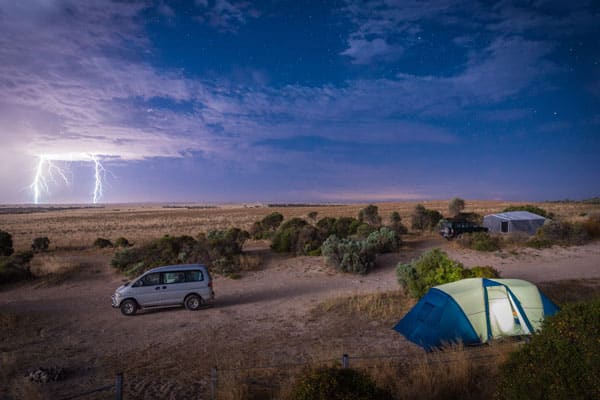Lightning Strikes: Safety Precautions You Need to Know

Timely information and precautions can help you protect yourself and your family from this severe weather hazard.
Lightning strikes can prove fatal.
A 39-year-old man was killed, and another person was injured when lightning struck their boat in Brevard County, Florida, on Sunday (4/16/2023). The incident was the first known lightning fatality in the United States this year.
How many hazardous lightning strikes occur in the U.S. each year?
When we think about severe weather during the spring and summer months, we don’t always consider the dangers of lightning strikes. Sadly, the tragic incident mentioned above will not be the last in 2023.
Thunderstorms produce 20-25 million lightning flashes that strike the ground in the U.S. each year. These lightning strikes kill at least 20 people annually, and hundreds more sustain injury.
How does lightning injure people?
According to the National Weather Service, lightning can strike people (and animals) via five different mechanisms.
Regardless of how the electric current generated by lightning reaches a person, it will typically move through various parts of the body.
If the electric current follows the cardiovascular and/or nervous system, it can cause a heart attack and/or injury to the brain, and result in permanent damage or death.
The heat produced from the electric current moving over the skin can produce burns. Any area or organ in the body impacted by the electricity is at risk of irreversible damage.
The intensity and path of the electricity in the body is always a factor in the degree of injury. However, a person’s likelihood of surviving a lightning strike is often related to getting immediate medical attention. Call 911 or seek medical care immediately for someone who has been shocked by lightning.
How can we protect ourselves during lightning storms?
When severe weather is expected or occurs in your area, it is essential to take precautions. Here are some safety tips worth your consideration:
Stay informed.
Stay updated with the latest weather forecast and pay attention if lightning alerts are issued.
You can stay informed by listening to weather reports on the radio, watching them on television, or using a NOAA weather radio or a weather app on your smartphone.
Seek shelter.
If you hear thunder or see lightning, seek shelter immediately.
Move indoors to a sturdy building, such as a house or a commercial building, fully enclosed with electrical wiring and plumbing, which can act as lightning rods to further protect you.
Avoid small shelters such as sheds, picnic pavilions, or tents. They don’t provide adequate protection from lightning.
Never take cover under a tree because lightning is drawn to the highest point. If lightning strikes the tree, you could be injured from falling limbs. You could also be injured as the ground surface around the tree becomes electrified.
Prioritize safety during outdoor activities.
While storms are a “naturally occurring challenge” of outdoor activities, they should be considered a threat to your safety.
Avoid open fields, hilltops, tall trees, water bodies, and other high-risk areas more likely to attract lightning during storms.
Remember, the only safe action you can take to substantially reduce your risk of injury during a thunderstorm is to get inside a secure building or vehicle.
Do not use electrical devices.
Avoid using devices such as wireline phones, computers, and other appliances. Lightning can travel through electrical wiring and pose a risk of electric shock.
Stay away from water.
Do not swim, bathe, or wade in water during thunderstorms, as water is an excellent conductor of electricity. Avoid other activities such as boating, fishing, or kayaking.
Follow the 30/30 rule.
If you can't hear thunder but see lightning, use the 30/30 rule.
- If the time between seeing the lightning and hearing the thunder is 30 seconds or less, seek shelter immediately.
- Wait at least 30 minutes after the last sound of thunder before resuming outdoor activities.
“Know before you go!”
Check your local weather forecast before you leave for outdoor activities. You may need to cancel, delay, or reschedule your activity.
Remember, lightning strikes are powerful and potentially dangerous events. Stay informed and take appropriate precautions to protect yourself and your family.
The Moultrie County Health Department wishes everyone a safe and wonderful season of outdoor activities, and the opportunity to look forward to many more together.

